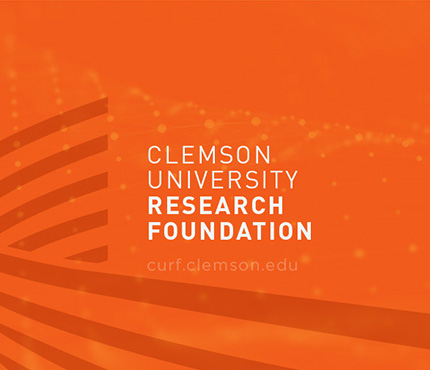Dear Colleagues,
As you are aware, the new CURF disclosure process was launched this October. This new “Opportunity Assessment” is comprised of four focus areas and includes analysis based on technology readiness, market potential, IP strength, and the value proposition. The Opportunity Assessment provides a collaborative framework for CURF and the inventors to discuss a disclosed technology. By focusing on both technical- and market-oriented factors, we can better determine whether there is sufficient justification for pursuing a technology and if IP protection and commercialization is warranted.
The first step in our Opportunity Assessment focuses on Technology Readiness. With this step, our goal is to determine at what stage of development a technology is currently and where it will go in the future. We are looking for technologies that are more clearly defined that have identified advantages and benefits in comparison to others. The availability of supporting data that can demonstrate those benefits and the ease with which a technology’s value can be demonstrated are important factors in this stage. The Technology Readiness Level of the disclosure is assessed based on the Federal TRL scale. The 8 levels of the TRL scale contain descriptions that span the full length of a technology’s development cycle, starting with basic research observations and ending with field-qualified systems that are ready for market. Finally, we will review the funding requirements for the technology and help identify potential funding opportunities that will assist in the continued development of the technology. In most cases, research funding will need to be secured before we can commit to filing a patent. In our experience, technologies with adequate funding and inventors that can champion the project will have the best chance at being commercialized.
The next step in the Opportunity Assessment is where we evaluate the Market Potential of the technology. Our goal here is to determine whether there is a sufficient market suitable for the technology and whether it meets a current market need. We first must determine whether a technology can be translated into a viable product and whether we have sufficient data to support such product development. This involves an evaluation of current market and product trends as well as an identification of competing technologies. We look at the overall competitiveness of a technology and identify potential industry partners that may be interested in supporting its continued development. With this information, we can quantify the market size, dynamics, and any barriers to entry. During the evaluation process, we will identify industry contacts and help to solicit direct market feedback from potential collaborators and licensees.
Through our Opportunity Assessment, we review the Intellectual Property Strength and establish an IP management strategy for the technology. We will conduct a prior art search and determine our ability to overcome patentability rejections based on lack of novelty and obviousness. For this, we utilize various patent analytics tools to assess the prior art landscape and pinpoint where a particular technology falls on a patent map. Another critical part of that analysis is to determine whether a technology has been publicly disclosed and whether there are any immediate plans to publish or present the technology in the future. We identify if there are any other alternate forms of IP that can be protected, such as copyrights or plant variety protection. Other factors we consider include the expected strength of patent claims and whether any IP protection could be enforced. Part of our patenting strategy involves the filing of provisional patent applications which are only valid for 1 year. Through our Opportunity Assessment, we will identify certain milestones and conditions which should be met during the that period before we can invest further in patenting the technology.
Once we have worked with the inventors on Opportunity Assessment steps 1-3, we can better define and identify the Value of the Technology. Our goal here is to identify a technology’s value proposition and to answer the question “Why would a customer care about this technology?” By working closely with the inventors, we will revise the definition of the technology based on the earlier Opportunity Assessment steps. With a more focused technology definition, we will then redefine who the target customer is and the particular problem the technology solves for them. We will define why a customer might think the technology is best suited to solve their problem and identify particular results and data that adds credibility to our claims. Finally, we will identify the biggest concerns and challenges in bringing this technology to market.
-Andy













